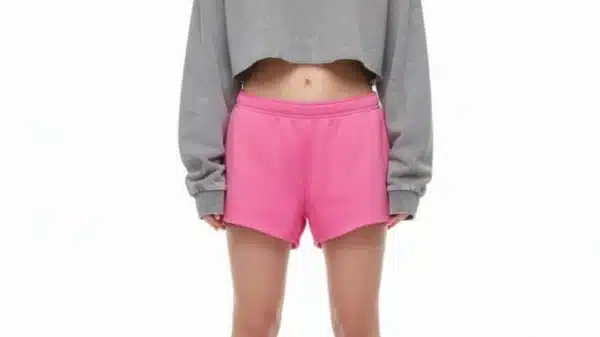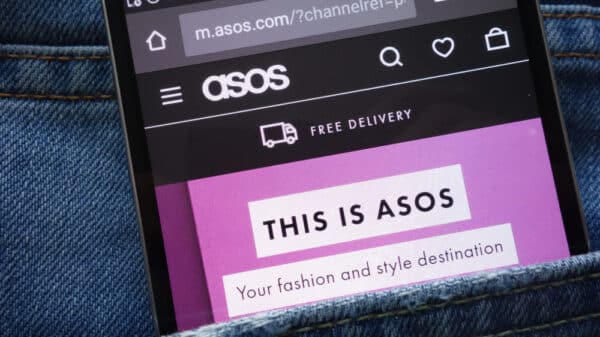Shein, the fast-fashion titan, is navigating rough waters in Italy as it seeks to captivate consumers in Milan, a city renowned for its pivotal role in the fashion world. The e-commerce giant, facing increasing scrutiny from the government and the local fashion industry, is at the center of debates surrounding the impact of “ultra-fast fashion” on traditional fashion values.
“The textile sector is under attack,” remarked Luca Sburlati, the head of Confindustria Moda, Italy’s leading fashion trade association. He emphasized the alarming trend of an overwhelming number of low-cost packages being delivered to consumers’ homes each day, necessitating a response from the industry.
Italian fashion, synonymous with luxury and sophistication, forms a significant part of the nation’s economy, contributing roughly five percent to its gross domestic product (GDP). However, the allure of affordable clothing options is undeniable, with platforms like Shein gaining popularity across Italy just as they have elsewhere in Europe.
Last month, Shein took a bold step by hosting its inaugural catwalk show in Milan. Coinciding with this event, discussions at the government level focused on the ramifications of the fast-fashion phenomenon.
Adolfo Urso, Italy’s minister responsible for promoting the “Made in Italy” initiative, warned of an influx of inexpensive foreign clothing that threatens local manufacturers and poses risks to consumers.
The Italian fashion industry is poised to unveil a strategic plan aimed at bolstering its position next week, signaling a collective effort to address these pressing issues.
On a broader scale, industry representatives are advocating for the European Union to eliminate customs duty exemptions for parcels valued under 150 euros ($173), a measure similar to one adopted in the United States.
Critics of fast fashion highlight the environmental consequences of producing garments so inexpensive that they are often discarded after a single wear. Additionally, Shein’s labor practices in textile production have raised eyebrows, leading to increased scrutiny.
This week, Italy implemented a new law reflecting a European Union directive aimed at enhancing sales transparency, particularly regarding the environmental repercussions of products. Shein has already faced repercussions in both Italy and France concerning these regulations.
In a separate incident, the French government suspended Shein’s operations following public outrage over the company’s sale of inappropriate items. Amid this scrutiny, nearly 8,000 eager customers formed a line for the grand opening of Shein’s first permanent store in Paris’s BHV department store.
Milan, a city synonymous with fashion and style, has embraced Shein with enthusiasm. As Mattia Trebino, a young local, highlighted during Shein’s fashion event, “In Milan, you can’t go out if you’re not stylish.” He shared insights about receiving multiple packages from Shein each month, stating, “These clothes are often worn only once or twice. But given their prices, they are hard to resist.”
Shein’s autumn/winter collection drew inspiration from the fashion trends of 1980s Milan, showcasing diverse styles, including sophisticated three-piece suits and luxurious faux fur coats.
“Our objective was to demonstrate that Shein can cater to diverse fashion preferences while addressing our critics,” remarked Luca Raveillon, the French artistic director of the show. He proudly showcased the collection, emphasizing quality and affordability even in a costly living environment.
With a sizeable Instagram following, influencer Alessia Tresoldi appreciated the show’s aesthetic, commenting on Shein’s ability to resonate with contemporary street fashion. The brand offers stylish accessories, such as a 100% polyester faux fur coat from the collection, available in 15 hues, starting at an accessible 28 euros with complimentary shipping.
Data from a recent report by consultants, The European House-Ambrosetti, revealed a concerning trend: European consumers are purchasing 60% more clothing than they did in 2000 while retaining those items for only half as long. As the landscape changes, industry experts stress the importance of innovation within the European fashion sector. “Consumers are increasingly concerned about sustainability but are often unwilling to pay a premium for it,” noted Carlo Cici, the report’s author.




























